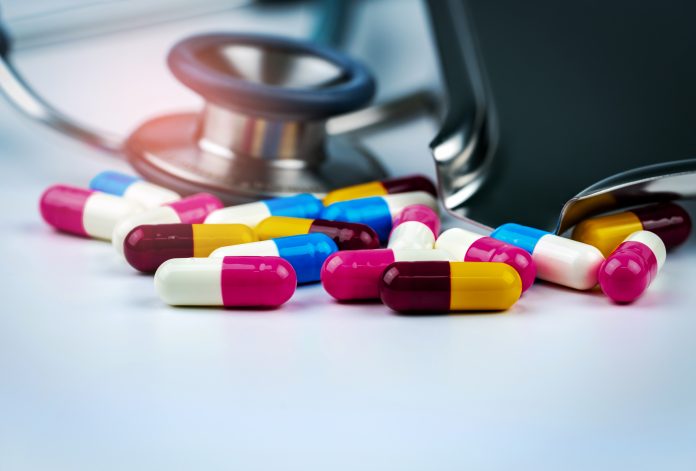Peter Jackson, Executive Director of the AMR Centre, describes new initiatives and partnerships that point the way forward for the UK’s antimicrobial resistance response
UK’s response to AMR
The UK’s response to this crisis began in 2014 when Lord Jim O’Neill was commissioned by the then-PM David Cameron to create a landmark review into the potential cost impact of AMR. In the report, O’Neill emphasised the urgent need for new treatments and stressed the need for a dramatic overhaul of the global market for research, development and commercialisation of new antibiotics.
The need for change is obvious; no new classes of antibiotics have been developed for over 30 years. Collaboration and innovation will be key to reducing the huge costs needed to develop these crucial new treatments by encouraging the sharing of industry and NHS resources and knowledge necessary for development, and importantly, attracting new private sector investment alongside public funding initiatives.
In early 2019, Health Secretary, Matt Hancock, announced a trial of antibiotic market reforms — so-called ‘PULL incentives’ — making the UK the first country which would reward developers for investing into new drugs at the same time as increasing stewardship of valuable new AMR treatments. The National Institute of Health and Care Excellence (NICE) and NHS England will seek to recompense pharmaceutical companies based on the value of their medicines to patients and the NHS rather than the amount of antibiotics sold, alleviating the pressure to overprescribe new drugs and further increase resistance.
At the AMR Centre, we seek to combine the necessary infrastructure and specialist knowledge into a public-private-philanthropic partnering model, speeding up the antibiotic development cycle.
This is evidenced by our ongoing work with the major Japanese pharmaceutical company Shionogi, which began in 2019. Shionogi had developed COT-143, a humanized monoclonal antibody that targets Pseudomonas aeruginosa (Pa) microbes, which inject toxins into patients’ cells causing inflammation and prevent the immune system from eliminating the infection. Pa is a hard-to-treat and often drug-resistant pathogen recognised by the WHO as a critical priority threat to human health, often causing life-threatening infections of the lung, internal organs and the bloodstream.
“The World Health Organization (WHO) has reported resistance rates to be growing at an alarming rate, even in countries with strong healthcare infrastructure and good antibiotic stewardship.”
Pre-clinical studies and regulatory safety tests have delivered encouraging results and using our expert network across the North West of England, we are taking the programme forward to in-human clinical trials in NHS facilities during 2021, following manufacture of its complex active ingredient in 2020. If these clinical trials are successful, we will work with Shionogi to make this exciting new drug available to patients around the world.
These notable developments, the aforementioned alliance with a Japanese pharmaceutical company and the UK’s introduction of ‘PULL’ incentives, are enabling the acceleration of innovative new treatments through the drug development pipeline, bridging the gaps that slow down or stop these important programmes progressing. Certainly, there is a long way to go until we achieve the further changes in research, collaboration and reward that are needed to ensure the problem of AMR is appropriately confronted, but it is encouraging to know that the UK is at the vanguard of this change.
Sepsis: A public health priority
According to Cecilia Van Cauwenberghe from Frost & Sullivan’s TechVision Group, “Sepsis is a rapidly progressing, life-threatening inflammatory syndrome that occurs as a result of a local infection leading to the systemic disruption of the host’s immune responses and coagulation reactions.” The WHO says that over 30 million people globally develop sepsis syndrome annually, which potentially leads to 6 million deaths.
When Open Access Government spoke with Prof Benedetta Allegranzi at the WHO, she explained more about the burden of sepsis, for example, its extent among pregnant women.
“It is estimated that the burden is much higher in low and middle-income countries and it affects specific populations, for example, it is estimated that there are 3 million newborns and 1.2 million children suffering from sepsis globally every year.
“Among pregnant women, this is also a major issue, for instance, sepsis is estimated to cause 1 in 10 maternal deaths on average. Most of this occurs in low- and middle-income countries, so these are the most affected populations.”
Benedetta concluded that sepsis and septic shock are life-threatening conditions which can emerge in terms of the evolution of infection, often when an “inappropriate or ineffective treatment is given for an infection.”











